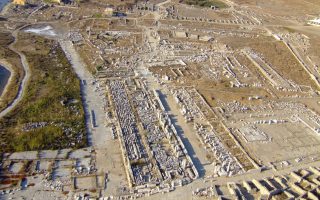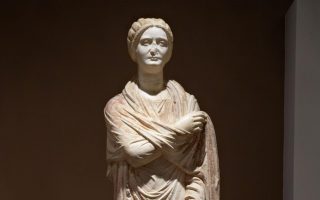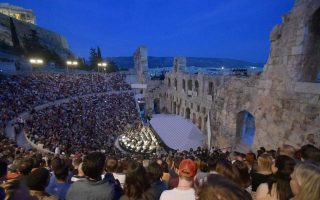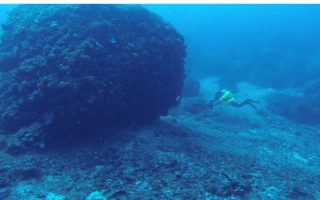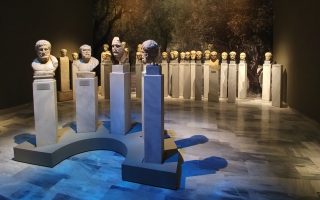Return of stolen antiquities puts a WWII hero in the spotlight
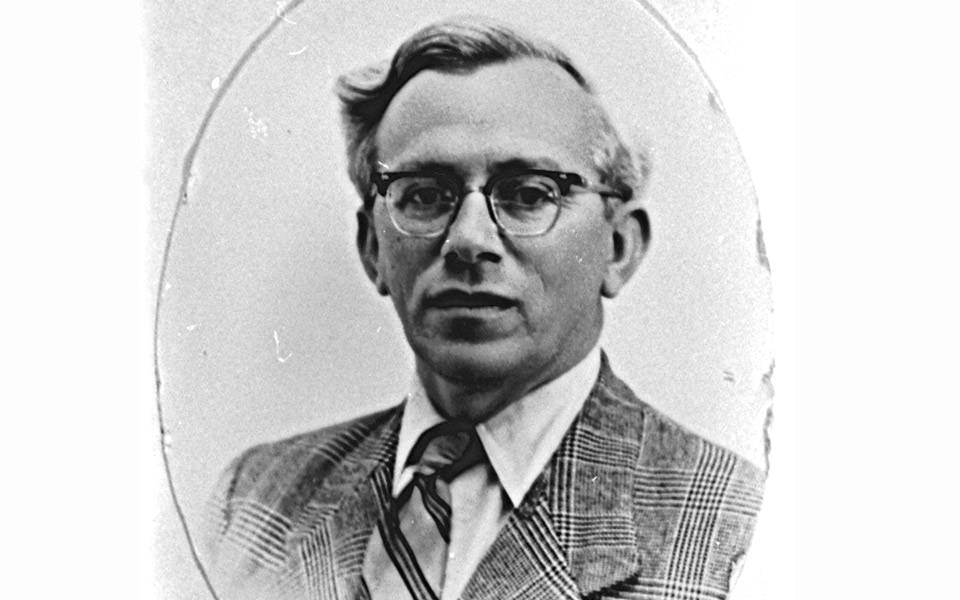
Nikolaos Platon was known for never exaggerating, however wild his archaeological adventures may have seemed. Slight and modest, with a PhD from Paris, he was one of the unlikely heroes of occupied Greece in World War II, defending the country’s monuments at any cost.
Interest in his accomplishments has been revived by the recent return to Greece of 26 ancient relics stolen from Crete in WWII. The story of their homecoming began a decade ago, when experts at the University of Graz in Austria launched a project to identify the provenance of hundreds of antiquities in the institution’s possession. They found that part of the collection had been illegally removed from the Stratigraphic Museum and Villa Ariadne in Knossos in 1941.
The objects, including clay vessels, fragments of idols and a bone dress pin, were returned to a Greek Culture Ministry representative in a special ceremony at the Greek Embassy in Vienna on November 20.
“In some cases we were like detectives trying to find different pieces of a puzzle,” says Maria Christidis, a lecturer in Classical archaeology at the University of Graz and a member of the team of experts.
One of the sources they used was a report on the activities of the occupying forces compiled by Platon, then director of antiquities on Crete. The typewritten pages, which have been seen by Kathimerini, recount a fascinating tale of dedication.
The Battle of Crete in May 1941 found Platon fighting on mainland Greece. All lines of communication had been severed and the 32-year-old was desperate to return to the island to protect its antiquities. He convinced a German archaeologist of the seriousness of the situation, who arranged his transport to Hania.
His son, Lefteris Platon, an associate professor of prehistoric archaeology at the University of Athens, remembers that his father had already arranged for several statues to be buried in the garden of the Iraklio Archaeological Museum and for a metal gate to be installed at the entrance to the basement to protect hundreds of other antiquities from plunder. These efforts have also been recorded by archaeologist Giorgos Tzorakis, who wrote that two-thirds of the museum’s exhibits could not fit in the basement and were moved to inaccessible parts of the building and hidden behind sandbag walls. Platon held the keys to the gate and refused to hand them over to the occupiers. He also slept in the museum to ward off possible thieves.
“They put a lot of pressure on my father and even threatened to execute him,” says Lefteris Platon. “Eventually he convinced them to take some copies of antiquities that were made by specialists at the museum.”
Nikolaos Platon was unable to prevent plundering in other parts of Crete, though. He identified General Julius Ringel from Graz and an Italian named Renieri as the main plunderers. “The former’s lively interest in Cretan antiquities expressed itself, unfortunately, from the outset in an unheard-of manner. A regular visitor to the palace of Knossos, he demanded, and after repeated denials received, the keys to the Stratigraphic Museum from the guard,” he wrote in his report.
On Ringel’s orders, soldiers removed 11 clay jars, a bronze jug, a three-legged stone vessel and other objects in one day alone, according to notes made by a guard. The thefts expanded to Villa Ariadne, which had been built for British archaeologist Arthur Evans and was commandeered during the war to serve as Ringel’s residence. The Nazi general believed that everything it contained was his to take.
Platon made several efforts to appeal to Ringel but all of his letters went unanswered. The Greek archaeologist traveled to Knossos to confront him. “The general pretended not to even notice my presence,” he wrote.
In September 1941, Ringel ordered an illegal 20-day excavation near the Minoan palace complex but his efforts to reach untapped treasure were a failure. Nevertheless, he had plenty of booty to send off by air to Austria.
After the war ended, in February 1946, Greek authorities compiled a long list of pillaged artifacts, which included Ringel’s loot. Two years later, archaeologist Spyros Marinatos was assigned the daunting task of overseeing their return. A polyglot and an internationally respected scientist, he was the perfect man for the job. He started his quest in Rome in 1948 and after being prevented on various pretexts from traveling to Berlin, he went to Graz instead, hoping for a meeting with Ringel. But the Austrian general had already fled, indicted as a war criminal, and his house was held by Soviet forces. Marinatos never got to explore the property but he did find a significant number of Cretan antiquities at the local Joanneum Museum.
Eleni Mantzourani, a professor of prehistorical archaeology at Athens University, has written about Marinatos’s mission in a study that will be published by the Athens University Review of Archaeology (AURA). Culture Ministry documents she studied as part of her research show a shipment of Cretan antiquities that Marinatos had managed to retrieve arriving in Piraeus on September 4, 1948. They were delivered to Platon a few days later.
The University of Graz, however, also held other looted objects that had been gifted by Ringel to archaeology professor Arnold Schober for the creation of the so-called Cretan Collection. An effort to document them in the 1970s saw the antiquities being sent to an expert in Vienna, who pulled the plug on the process when he realized the suspect provenance of some of the Minoan bone shards.
The objects did not return to Graz until 2005, under the supervision of assistant professor Manfred Lehner. Then in 2006-07, Professor Erwin Pochmarski spearheaded a study into their provenance in order to create a digital catalog of the university’s collection.
In 2008, Peter Scherrer was appointed head of the university’s Institute of Archaeology and wanted to investigate the collection’s connection to the Third Reich and start the process for the objects’ repatriation. Other than Christidis, the team also comprised Dr Stephan Karl, Dr Gabriele Koiner, Prof. Erwin Pochmarski and Dr Eleni Schindler-Kaudelka. Their work continues after the recent repatriation, as they hope Schober’s correspondence will yield fresh clues.
Ringel died in 1967 and Nikolaos Platon in 1992. “He wasn’t a fearless man but in this case he conquered his fears absolutely. He was a man who gave everything to what he loved. He had values,” says his son. “Saving antiquities was something he saw as a duty.”
